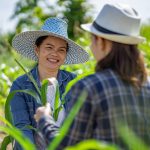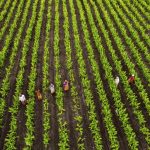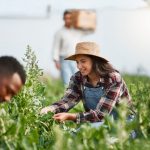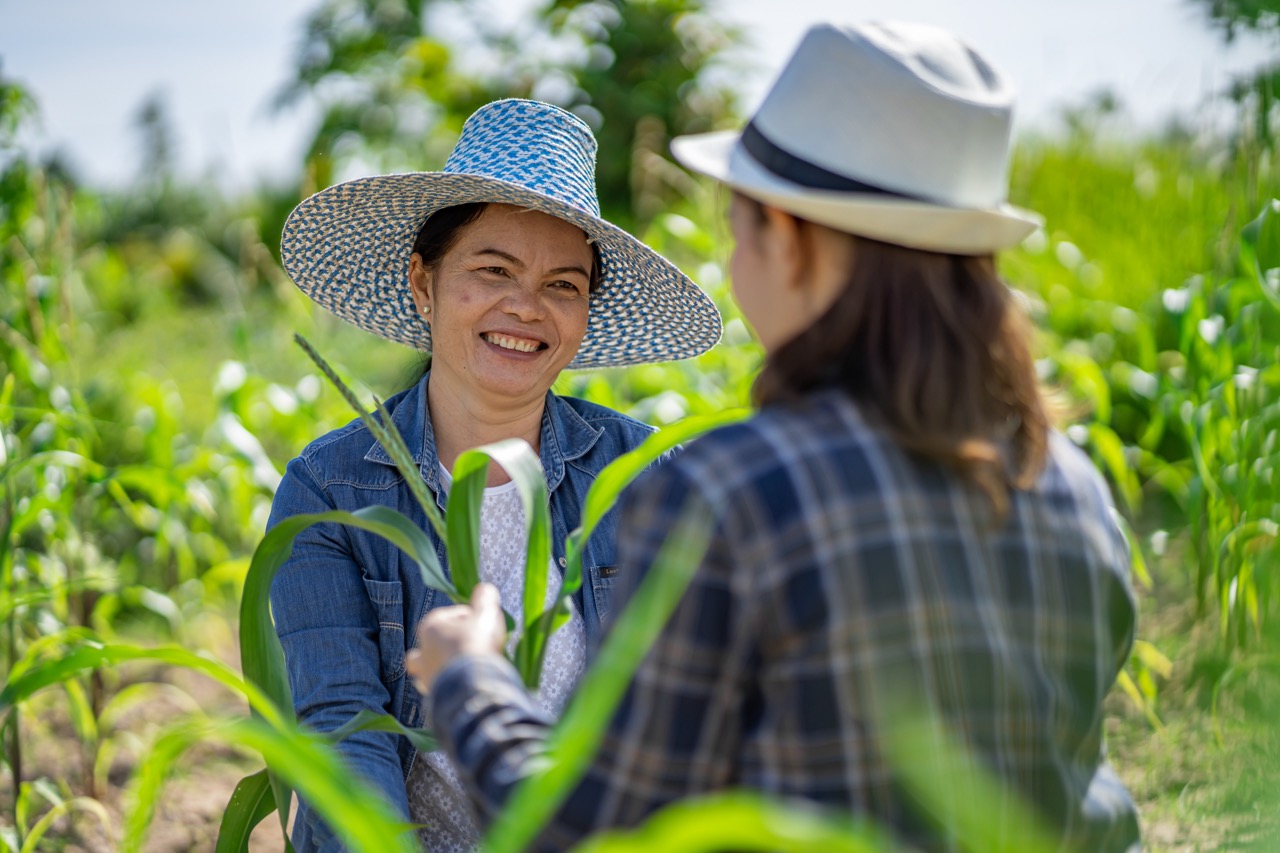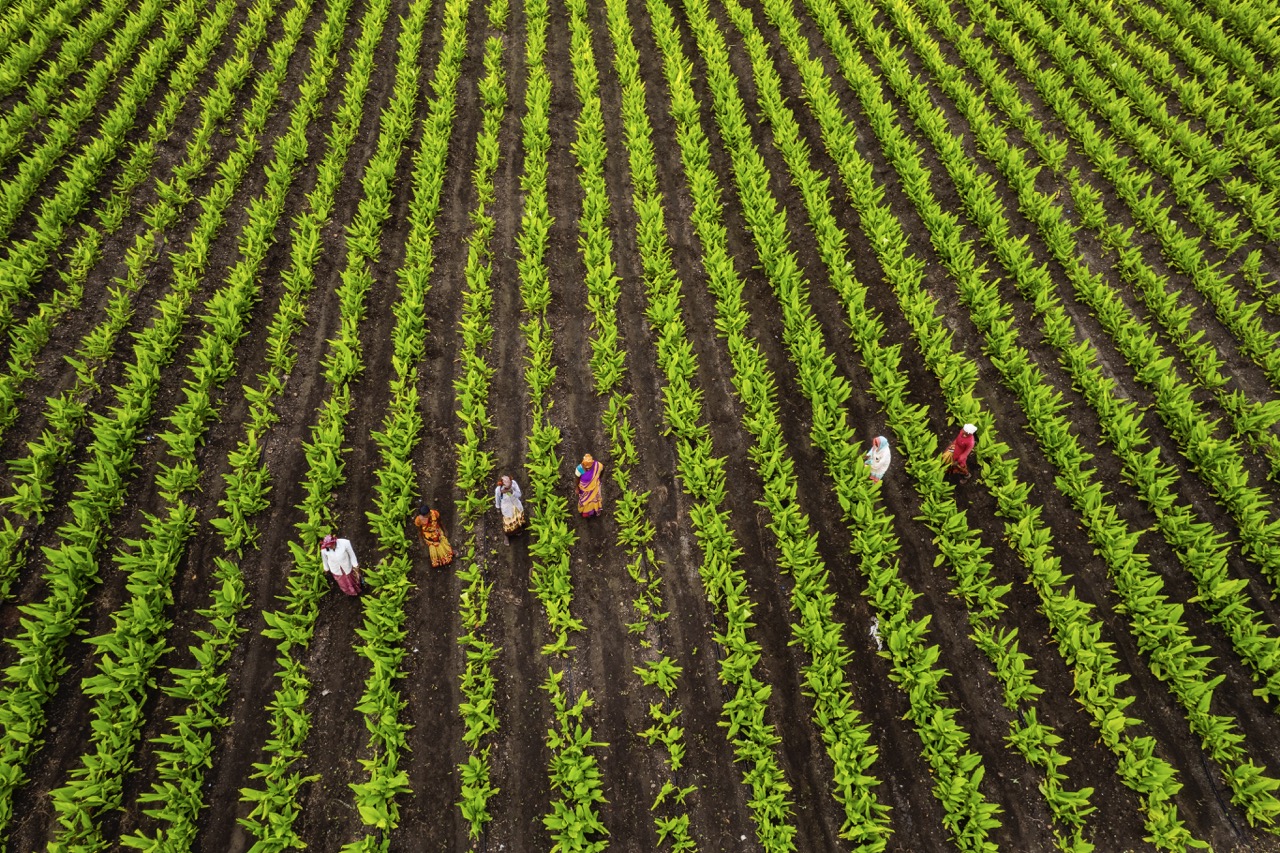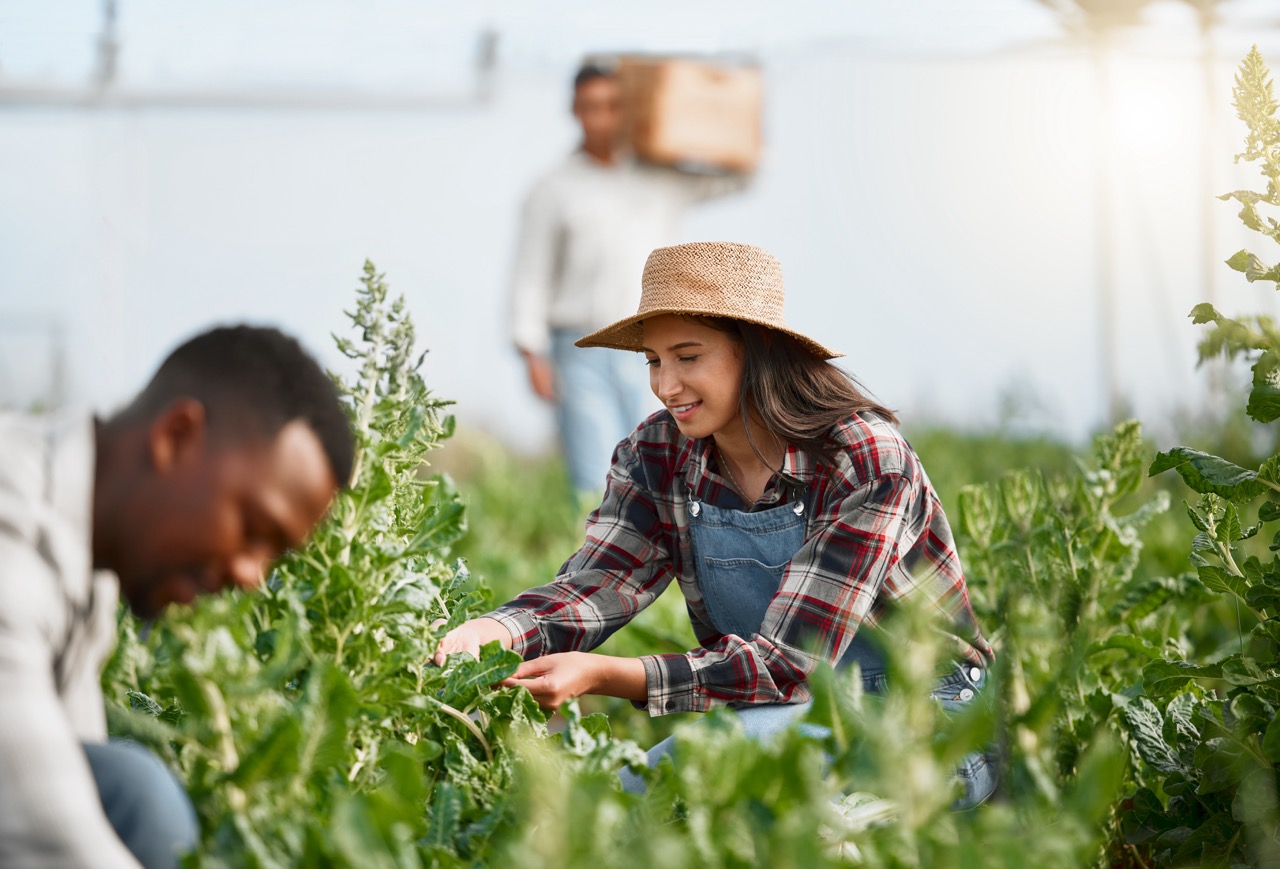The integration of livestock into agricultural systems has long been a cornerstone of human food production. As global populations grow and climate change poses increasing challenges, the role of livestock in sustainable farming systems is more crucial than ever. Livestock not only provide food and income but also contribute significantly to the resilience and sustainability of agricultural landscapes. This article explores how livestock can enhance sustainable agriculture through various methods, fostering better ecological and economic outcomes.
Understanding Livestock’s Contribution to Sustainable Agriculture
Livestock play a multifaceted role in sustainable agriculture, contributing to food security, nutrient cycling, and soil health. They provide essential protein sources, like meat, milk, and eggs, which are vital for human nutrition, especially in developing regions. Furthermore, livestock can be an essential source of income for farmers, helping them invest in better farming practices or diversify their agricultural activities. This economic aspect is critical as it empowers farmers to become more resilient in the face of market fluctuations and environmental stressors.
Incorporating livestock into farming systems also supports biodiversity. Grazing animals can help maintain healthy ecosystems by preventing overgrowth and promoting the regeneration of native plant species. This natural management of landscapes enhances soil health, which is crucial for crop production. Additionally, by integrating livestock into farming operations, farmers can address issues of waste management, as livestock produce manure that can be composted and used as a nutrient-rich fertilizer, thereby closing nutrient loops within the farming system.
Moreover, livestock can serve as a buffer against climate change. By managing pasturelands and integrating animals into crop systems, farmers can enhance carbon sequestration in soils, ultimately mitigating the greenhouse gases that contribute to climate change. When managed sustainably, livestock systems can help in building resilience against extreme weather events, ensuring food production continues even under challenging conditions.
Integrating Livestock with Crop Production for Better Yields
The integration of livestock with crop production is a strategy that can significantly enhance overall farm productivity. For instance, employing a rotational grazing system allows livestock to graze on crop residues, which not only provides animals with essential nutrients but also contributes to soil health. This practice encourages the growth of cover crops and improves the soil structure, ultimately leading to better crop yields. When livestock and crops are strategically interlinked, farmers can maximize their land use and resource efficiency.
Furthermore, the symbiotic relationship between crops and livestock fosters a more diverse and resilient farming system. Livestock can provide pest control services; for example, chickens can help manage insect populations in vegetable plots. This natural pest control reduces the need for chemical pesticides, benefiting both the environment and human health. Additionally, crop residues can be used as feed for livestock, minimizing waste while optimizing resource use. This closed-loop system not only enhances productivity but also encourages sustainable practices that align with environmental conservation goals.
The integration of livestock and crop production requires careful planning and management but can lead to improved economic outcomes. By diversifying farm operations, farmers can create multiple revenue streams, reducing dependence on a single crop or livestock type. This diversification helps farmers adapt to market fluctuations and environmental changes, ultimately fostering a more sustainable agricultural landscape that benefits both the farmer and the wider community.
Managing Livestock for Ecological and Economic Benefits
Effective livestock management is key to realizing the ecological and economic benefits of sustainable farming systems. Practices such as rotational grazing, integrated pest management, and waste recycling can lead to healthier livestock and improved soil and water quality. Properly managed grazing systems prevent overgrazing, allowing pastures to regenerate and maintain their productivity over time. This approach not only benefits the livestock but also enhances the overall ecological health of the farm.
Economic benefits arise from these practices as well. Healthy soils lead to better crop yields, while properly managed livestock can reduce feed costs through efficient nutrient recycling. Farmers who adopt sustainable practices may also benefit from premium pricing for organic or grass-fed products, which are increasingly in demand by consumers. By investing in sustainable livestock management, farmers can create a more stable economic foundation for their enterprises, ultimately supporting rural communities and economies.
Additionally, education and training play a vital role in the successful management of livestock within sustainable systems. Farmers need access to resources that guide them in implementing best practices tailored to their specific ecological and economic contexts. Building networks for knowledge sharing among farmers can facilitate the exchange of ideas and innovations, fostering a community committed to sustainable agriculture. As farmers become more informed and skilled, the positive impacts of livestock management on sustainability will become increasingly evident.
Future Trends: Innovations in Sustainable Livestock Farming
The future of sustainable livestock farming is poised to benefit from a range of innovative technologies and practices. Precision livestock farming (PLF) is gaining traction, utilizing sensors and data analytics to monitor animal health and welfare in real-time. This technology allows farmers to optimize feed use, reduce waste, and enhance productivity. By leveraging digital tools, farmers can make informed decisions that promote sustainability while ensuring animal well-being.
Another promising trend is the development of alternative feed sources, such as insect protein and seaweed, which can reduce the environmental impact of livestock production. These innovations address the pressing issue of resource scarcity and greenhouse gas emissions linked to traditional feed sources. By diversifying feed options, farmers can enhance the sustainability of their livestock operations while improving livestock health and productivity.
Moreover, regenerative agriculture practices are gaining momentum, focusing on restoring and enhancing soil health through livestock integration. Practices like holistic planned grazing, which mimics natural grazing patterns, can improve ecosystem health and biodiversity. As awareness of the environmental impacts of agriculture continues to grow, more farmers are likely to adopt these innovative practices, leading to a more sustainable future for livestock farming.
The integration of livestock into sustainable farming systems offers a pathway to achieving food security, environmental health, and economic resilience. By understanding the multifaceted contributions of livestock, effectively integrating them with crop production, and managing them sustainably, farmers can enhance the viability of their operations. Innovations on the horizon promise to further elevate the role of livestock in agriculture, ensuring that these systems can meet the demands of a growing global population while safeguarding the planet for future generations. The journey towards sustainable livestock farming is not only crucial for farmers but for the health of our ecosystems and communities alike.
